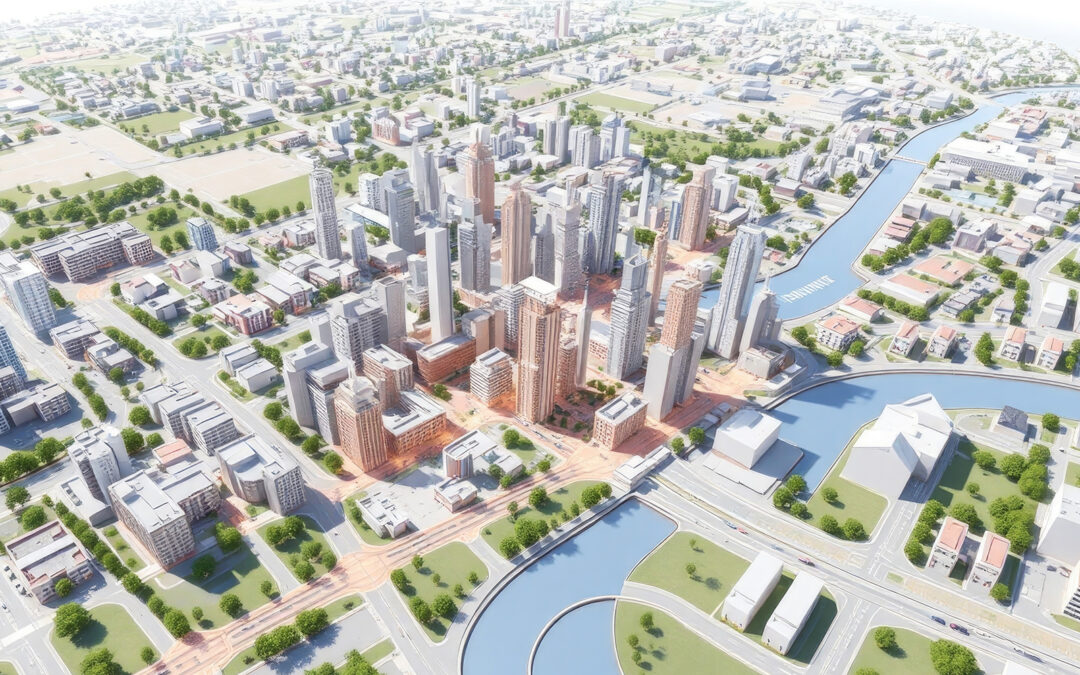What are “urban digital twins”?
Urban digital twins are digital images of cities and municipalities that are kept up to date by continuously comparing them with reality. They are based on data, technical components, interfaces and functionalities from different areas such as geoinformation, traffic systems, environmental information and energy supply.
Background
On 8 October 2024, the specification “Digital twins for cities and municipalities” (DIN SPEC 91607) was published by the German Institute for Standardization (DIN). The document was the result of two and a half years of intensive work by over 45 representatives from local authorities, associations, politics, science and business. Many German cities and municipalities are working on the concept of digital twins in the context of digitalization. Although the term “urban digital twins” is being used more and more frequently, a clear definition and a uniform understanding in terms of application, content and architecture have been lacking until now. The new DIN specification closes this gap. To increase the standard’s reach, a translation into English is planned so that cities and municipalities in Europe can also benefit from the specification.

